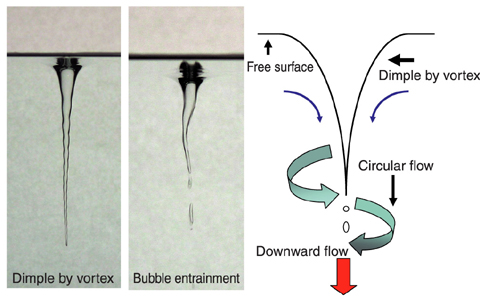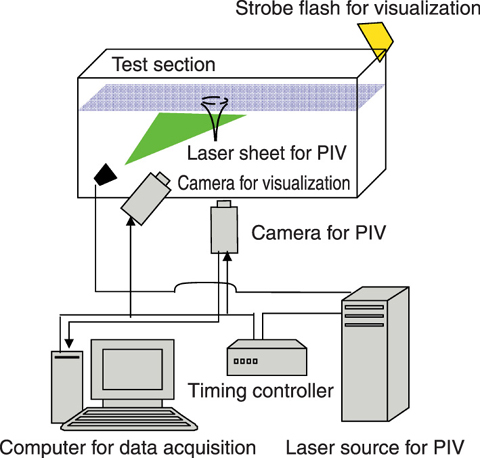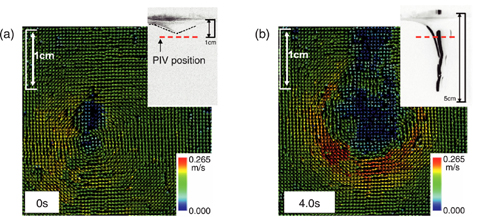
Fig.1-13 Overview of gas entrainment due to surface vortices

Fig.1-14 Measurement system of the velocity field and the shape of free surface

Fig.1-15 Velocity field and shape of free surface obtained by the laser measurements
JAEA has proposed and investigated an innovative design for a Sodium-cooled Fast Reactor in the FaCT project of FBR cycle system. One of the key concepts of the reactor is a reactor vessel more compact than previous designs for high cost performance, i.e., reduction of construction cost. However, this design causes higher flow velocity in the reactor vessel, and this causes cover gas entrainments at the free surface in the reactor vessel. In order to realize this compact design, we have to prevent the gas entrainments, and it is now one of the significant thermal hydraulic issues. The most significant type of gas entrainment is caused by surface vortices as shown in Fig.1-13. The surface vortices may result in the gas entrainment even if velocity near the free surface is relatively low. It is necessary to clarify the onset condition and development process to establish the criterion to prevent this type of gas entrainment. Thus, a basic water experiment was carried out to grasp the mechanism of the phenomena by measuring the vortices.
According to a mock up experiment, vortices that appear in the actual reactor would develop and decline intermittently. To clarify such transient behaviors, the velocity field and the surface shape were measured simultaneously by using a measurement system combining Particle Image Velocimetry (PIV) and surface visualization as shown in Fig.1-14.
As a result, we could make instantaneous measurements of the surface shape and the velocity field inside of the vortex at the same time as shown in Fig.1-15. Then, it was shown that there was a strong correlation between the circular flow around the vortex and the gas core length which developed. From the comparison between the result of 0s (a) and 4.0s (b), the gas core development was delayed after the velocity increase. These results will be used for the verification of a numerical analysis, and also to improve the guidelines for prevention of gas entrainments.